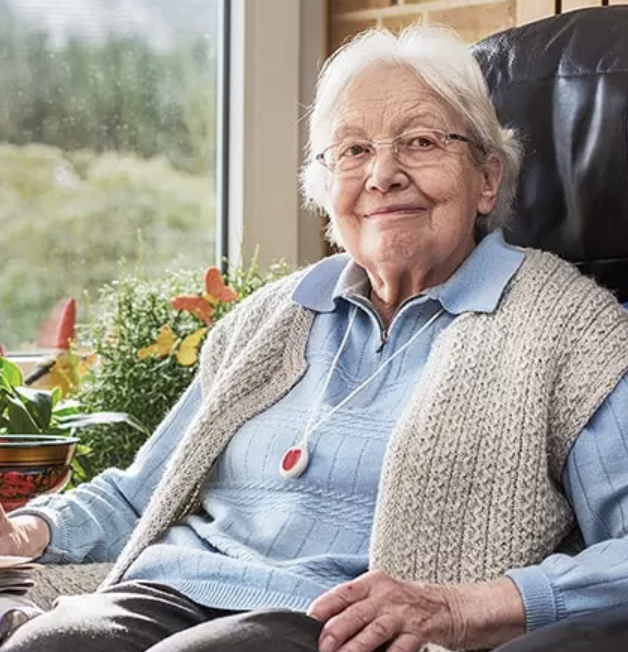
As the global population ages, the need for comprehensive solutions to address the transportation challenges faced by seniors, particularly in rural or underserved areas, becomes increasingly apparent. Many elderly individuals encounter difficulties accessing essential services, social activities, and healthcare due to limited mobility options. In this article, we delve into the various transportation solutions designed to empower seniors and enhance their independence.
1. Community-driven transport initiatives:
Local organizations, powered by dedicated volunteers, are addressing transportation gaps by providing community shuttle services, carpooling networks, and rideshare programs tailored to seniors' needs. These initiatives bridge geographical gaps and ensure access to vital services and social activities.
2. Volunteer programs: A human touch to senior mobility:
Volunteer-driven programs offer practical transportation assistance while fostering a sense of community and companionship. By contributing time and vehicles, volunteers transport elderly residents to medical appointments, grocery stores, and community events, combating social isolation.
3. Technological solutions revolutionising senior transportation:
Technological innovations, such as ride-hailing apps for seniors and mobility assistance devices, are transforming senior transportation. Virtual platforms connect volunteer drivers with elderly passengers, while advancements in autonomous vehicles hold promise for safe and efficient transport options.
4. Building a holistic approach:
Collaboration between local governments, community organisations, technology developers, and volunteers is essential to enhancing senior mobility. By combining efforts and leveraging resources, a comprehensive framework can be created to ensure seniors in underserved areas enjoy the mobility they deserve.
Key Challenges and Proposed Solutions for Senior Mobility
| Challenge | Impact on Seniors | Proposed Solution |
|---|---|---|
| Lack of public transport | Restricted access to healthcare, social activities, and groceries | Expand community shuttle and volunteer transport programs |
| Limited mobility assistance | Difficulties getting in and out of vehicles | Provide wheelchair-accessible and senior-friendly transport options |
| Technological barriers | Seniors unable to use modern ride-hailing apps | Introduce simplified apps with phone-based support |
| High transportation costs | Financial strain on seniors with fixed incomes | Offer subsidies and free ride programs for low-income seniors |
Addressing senior mobility challenges in rural and underserved areas requires a multi-faceted approach. Through community-driven initiatives, volunteer programs, and technological innovations, we can empower elderly residents, enhance their independence, and strengthen their connection to their communities. It is a commitment to ensuring that seniors lead fulfilling lives in their golden years, with access to the transportation they need to thrive.
FAQ: Senior Mobility and Transportation Solutions
1. What are the main transportation challenges for seniors?
Many seniors face limited access to public transport, difficulty using ride-hailing apps, high transport costs, and mobility issues that make travel difficult.
2. How do community-driven transport initiatives help seniors?
Community programs provide low-cost shuttle services, volunteer-driven rides, and carpooling solutions to help elderly individuals reach essential destinations.
3. Are there free transportation services available for seniors?
Yes, some volunteer programs, local councils, and charities offer free or subsidized rides for medical appointments, grocery shopping, and social activities.
4. How do ride-hailing apps cater to seniors?
Senior-friendly ride-hailing apps offer simplified interfaces, options to schedule rides in advance, and wheelchair-accessible vehicles for those with mobility needs.
5. What role does technology play in improving senior mobility?
Technology enables ride-sharing apps, GPS tracking for caregivers, and mobility-assistive devices, and in the future, autonomous vehicles may provide self-driving transport options for seniors.
6. How can seniors in rural areas access better transportation?
Expanding community transport programs, partnering with local governments, and encouraging volunteer-driven ride networks can bridge the transportation gap for seniors in remote areas.
7. What are the benefits of volunteer ride programs?
Volunteer drivers provide door-to-door transport for elderly individuals, offering not just mobility but also companionship, reducing isolation and improving overall well-being.
8. How can families help elderly relatives with transportation?
Families can assist by teaching seniors to use ride-hailing apps, arranging community transport services, or offering personal transport when needed.
9. Are there government initiatives to improve senior transportation?
Yes, many governments provide senior-specific travel subsidies, accessible transport options, and policies to promote elderly-friendly mobility infrastructure.
10. What is the future of senior transportation?
The future includes advancements in autonomous vehicles, AI-driven ride services, and improved public transport accessibility tailored for aging populations.
For assistance in finding a care home or facility best suited to your needs, contact us at 0230 608 0055 or fill out our online form.
Find YOUR ideal care home NOW!
Do you need a care home for yourself or your loved one?
Share this article :
Latest posts
You are looking for an establishment for your loved one ?
Get availability & prices
Fill in this form and receive
all the essential information
We would like to inform you of the existence of the opposition list for telephone canvassing.
.webp)








